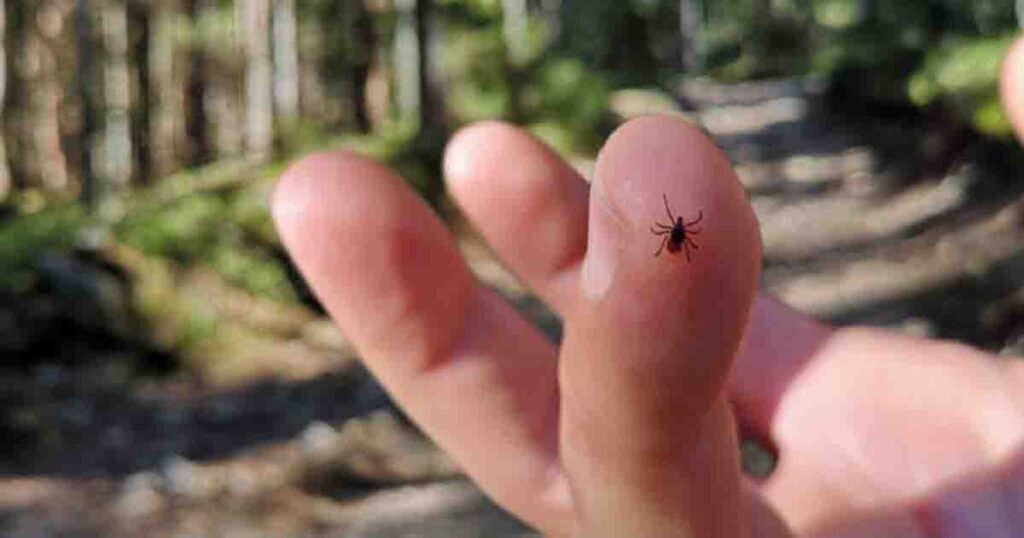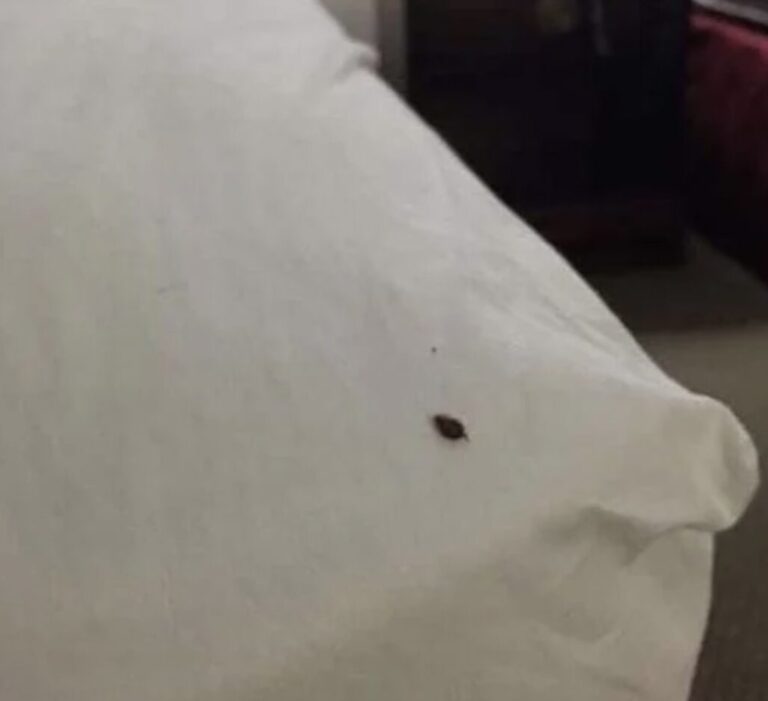If you find a tick inside your house here’s what you should know
In our everyday interactions with nature, many of us maintain a level of respect and understanding towards all living creatures, extending our tolerance even towards those often feared, such as spiders and snakes. However, when it comes to ticks, this sentiment often shifts dramatically.
Ticks are far from being mere nuisances; they are invasive and can provoke unease with their mere presence. More critically, ticks are vectors for serious illnesses, including Lyme disease and Rocky Mountain spotted fever. These diseases underline the importance of not taking tick encounters lightly, emphasizing the potential health risks they pose.

The likelihood of encountering ticks varies based on several factors, including your geographical location, the time of year, and whether pets share your living space. In the event that you do encounter a tick, it’s crucial to approach the situation with caution and informed action.
Steps to Take After Finding a Tick
Identification: First, try to identify the type of tick – common varieties include the black-legged tick, dog tick, or brown dog tick. Knowing the species can help assess the risk of disease transmission.
Isolation: Keep children and pets away from the area where the tick was found until it has been safely removed and the area has been secured.
Protection During Removal: Wear gloves and long-sleeved clothing to prevent the tick from latching onto you. Using fine-tipped tweezers, grasp the tick as close to the skin’s surface as possible and pull upwards with steady, even pressure. Avoid twisting or jerking to prevent the tick’s head from breaking off and remaining embedded in the skin.

Cleaning: Post-removal, thoroughly clean the bite site with alcohol or soapy water. Clothing or bedding that came into contact with the tick should be washed at a high temperature, and the affected area should be vacuumed meticulously, especially crevices and corners.
Disposal: Dispose of the tick by submerging it in alcohol, sealing it in a bag or container, taping it securely, or flushing it down the toilet.
Monitor the Bite: Keep a close watch on the bite site and the individual bitten for any signs of tick-borne diseases, and seek medical advice if symptoms develop.
Sharing knowledge and practices on tick prevention and removal can significantly contribute to the well-being of our communities. By spreading awareness through platforms like social media, we can help safeguard ourselves and others from the health risks ticks represent.





